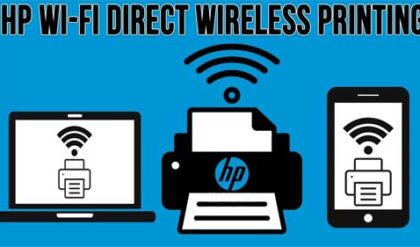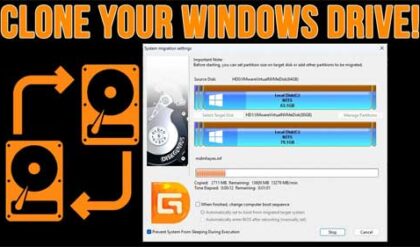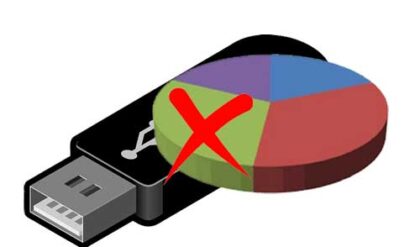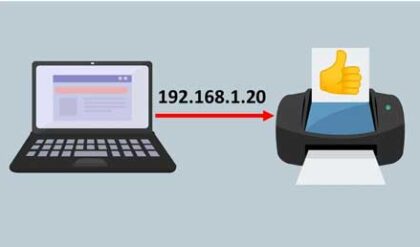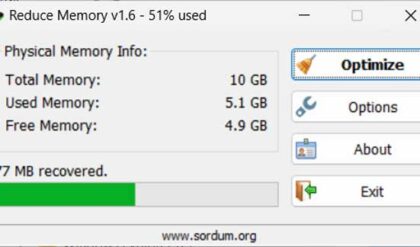Many people connect external devices to their computers such as cameras, scanners and printers and don’t think twice about the technology involved in getting these devices to work with their system.
There are several ways to connect devices to a computer including parallel, serial, SATA, USB and FireWire ports. USB is the most common way of connecting these devices but many people like to use FireWire to connect things like video cameras because of its high speed transfer rate. USB can transfer video from your camera as well but which is the better choice?
USB 2 (released in 2000) is the most commonly used generation of the Universal Serial Bus. USB 1.1 is still a widely accepted standard although only in use on onder computers. USB 1.1 has a speed of 12mbps, compared to USB 2.0 which is rated with speeds of up to 480mbps (60MB per second). USB 3.0 offers 4.8 Gbit/s speed. There are many more devices that support USB than FireWire. All newer computers will have USB ports but only some will have FireWire. Macintosh computers usually include FireWire ports. You can identify whether your PC has Hi-Speed USB by opening Device Manager and expanding the Universal Serial Bus section. There should be an "Enhanced" USB host controller present.
FireWire is theoretically a little slower than USB 2.0 at 400mbps but FireWire devices use the full 400mbps speed (Peer-to-Peer) where with USB you are sharing the bandwidth between the devices (Master-Slave). FireWire does perform better during sustained throughput. FireWire has been around for a long time although USB devices seem to be more popular. Devices such as video cameras will have FireWire ports to allow you to transfer your video to your computer quickly. There is a newer FireWire 800 that boasts speed of 800mbps which is almost double that of USB. When it comes to providing power FireWire can provide much more power over the bus 30V as opposed to 5V for USB so many times there won’t be a need for an external power supply for the FireWire device.
Here are the features of both USB 2.0 and FireWire
USB 2.0
- 1.5 Mbit/sec, 12Mbit/sec and480Mbit/sec supported.
- USB controller is required to control the bus and data transfer.
- Cable can be up to 5 meters.
- Provides full compatibility with USB 1.1 devices.
- Power supply to external devices is 500 mA/5V (max)
- Up to 127 devices supported.
FireWire (IEEE1394)
- 100 Mbit/sec 200Mbit/sec 400Mbit/sec 800Mbit/sec supported.
- Works without control, devices communicate peer-to-peer.
- Cable can be up to 4.5 meters.
- Power supply to external devices is 1.25A/12V (max.).
- Up to 63 devices supported.
USB and FireWire ports
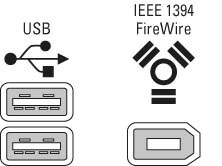
The new USB 3.0 standard offers much faster speed than USB 2.0 and current FireWire speeds at 5Gbps.

